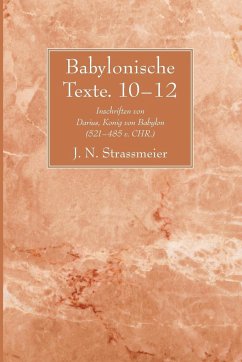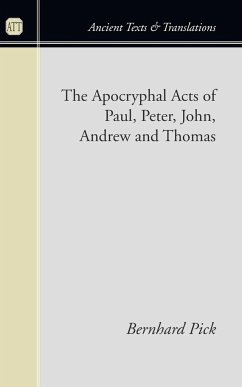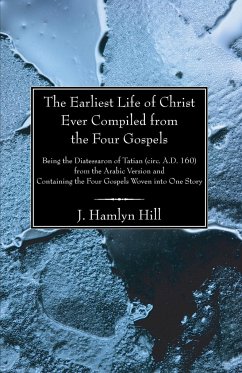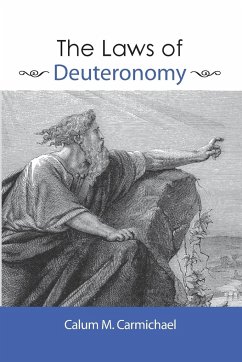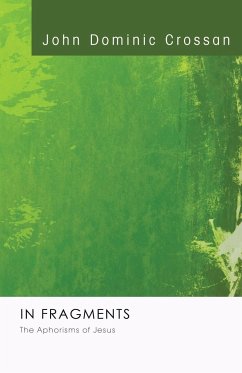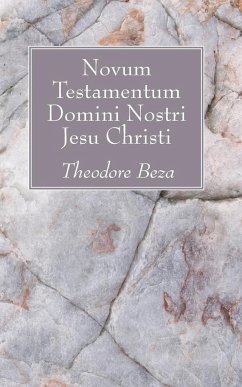Analysis of the literary scheme of the letters to Timothy suggests that graphe, as it is employed in each letter, may legitimately be understood to include some of the apostolic writings that now appear in the New Testament. In affirming the Pauline authorship of the Pastoral Epistles, Swinson argues that a form of the Gospel of Luke stands as the source of the second referent of graphe in 1 Tim 5:18. Second, Swinson contends that pasa graphe in 2 Tim 3:16 includes the apostolic writings extant in Paul's day, specifically Luke's Gospel and some of Paul's own writings. These parallel lines of analysis demonstrate that Paul ascribes to his own writings and to those of his coworkers an authoritative standing equal to that of the sacred writings (ta hiera grammata) found in the Old Testament. While many questions surrounding biblical authority and the biblical canon remain, Paul's use of graphe in 1 and 2 Timothy nevertheless advances a high view of both Old Testament and New Testament Scripture.
Hinweis: Dieser Artikel kann nur an eine deutsche Lieferadresse ausgeliefert werden.
Hinweis: Dieser Artikel kann nur an eine deutsche Lieferadresse ausgeliefert werden.


